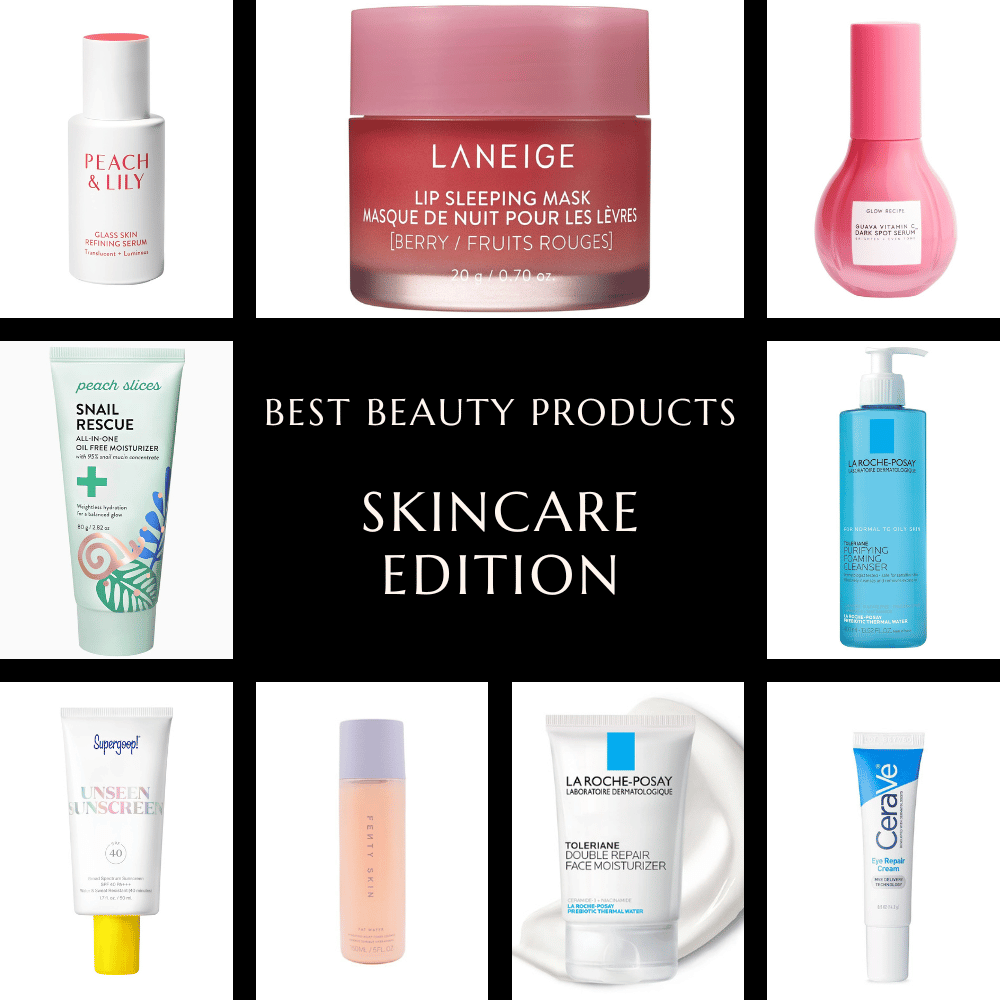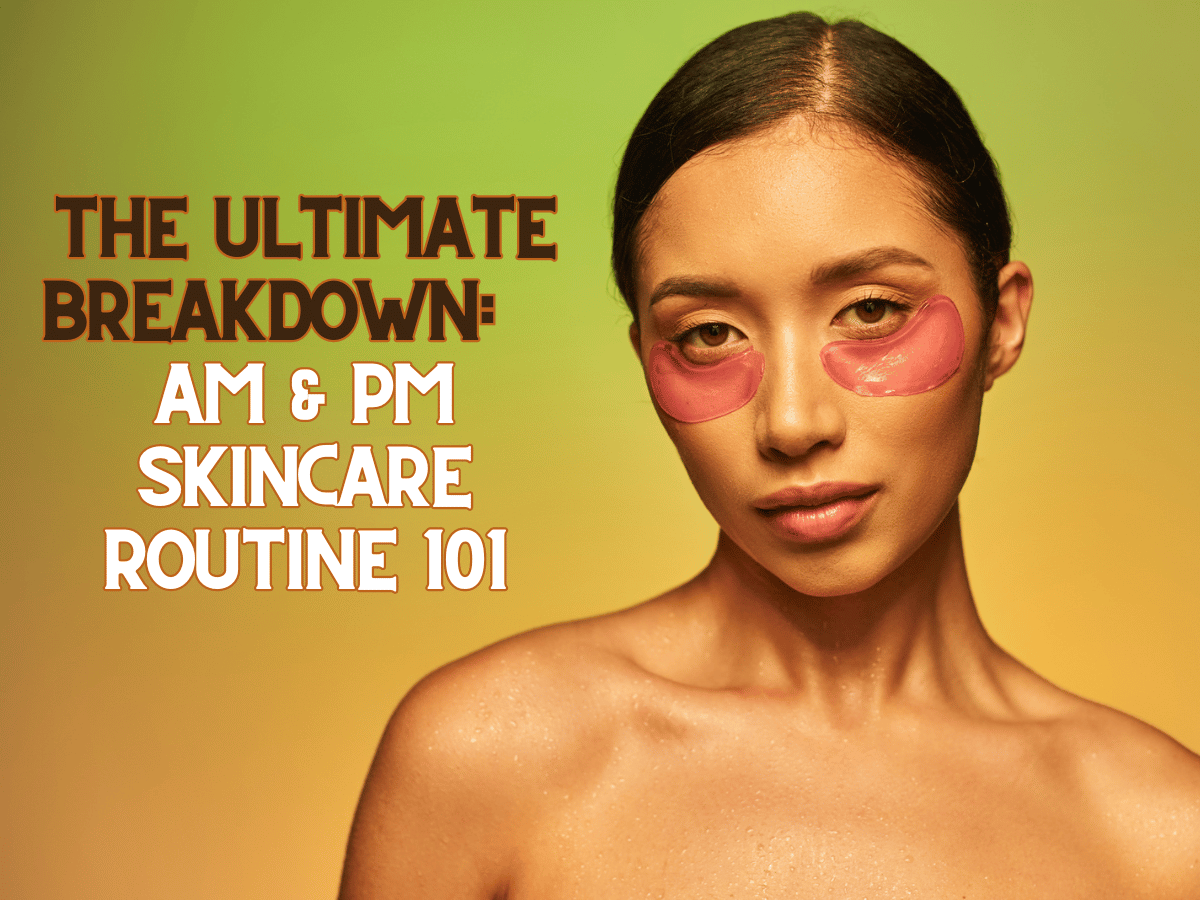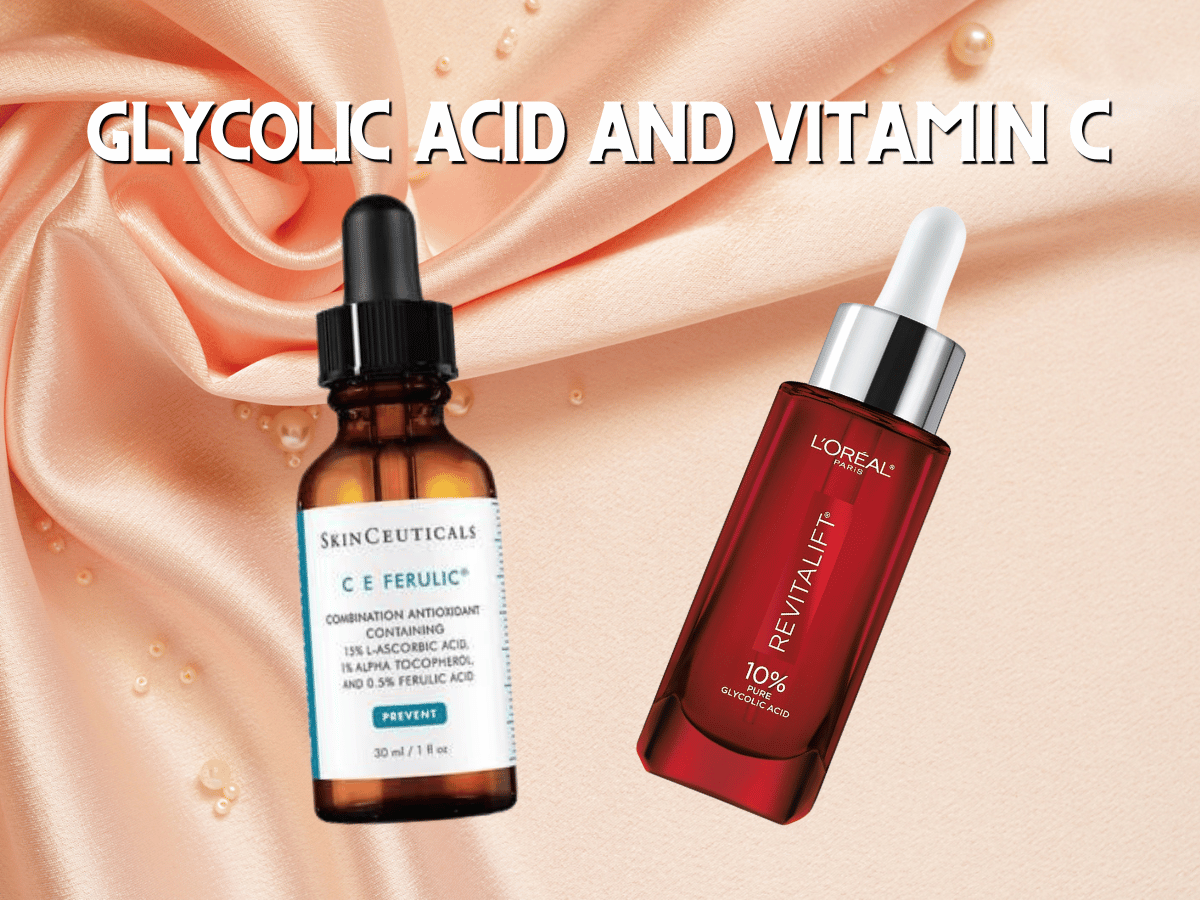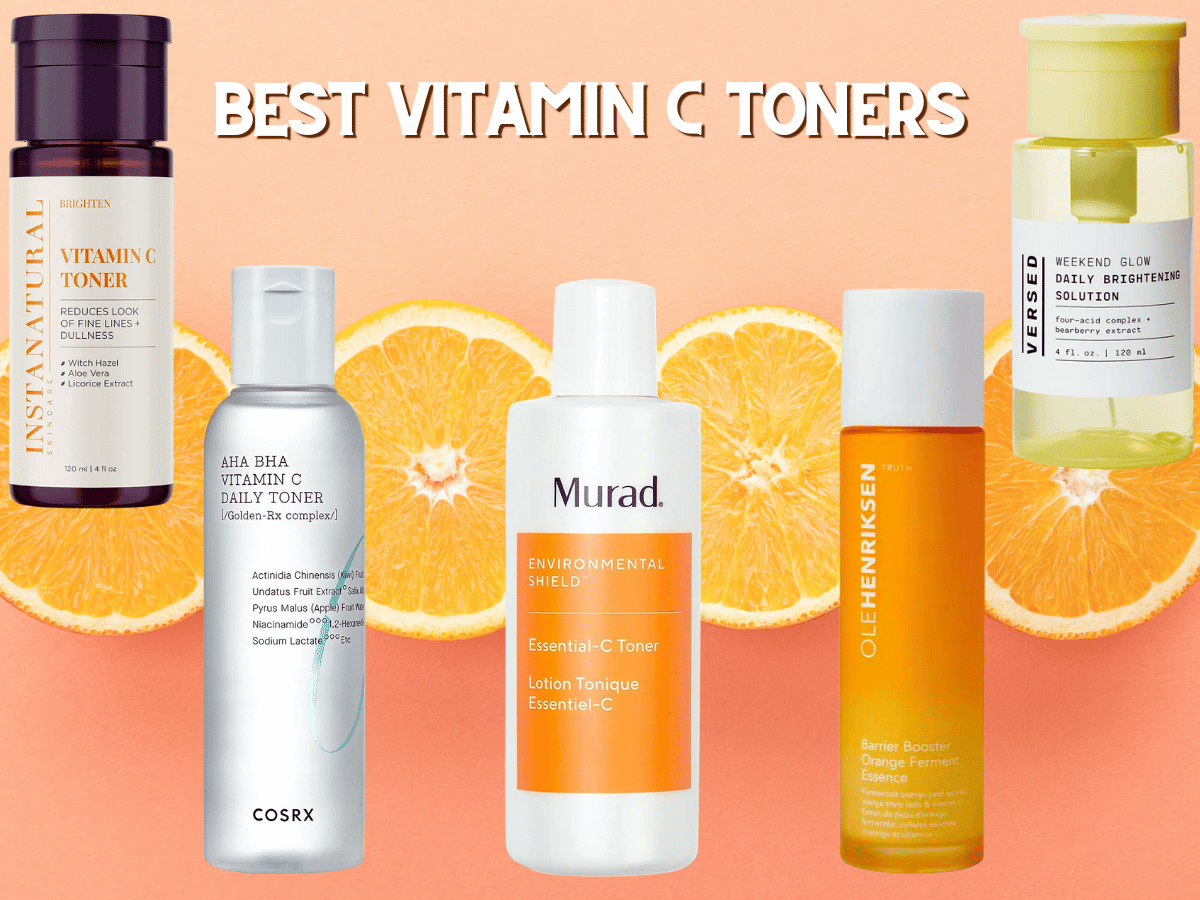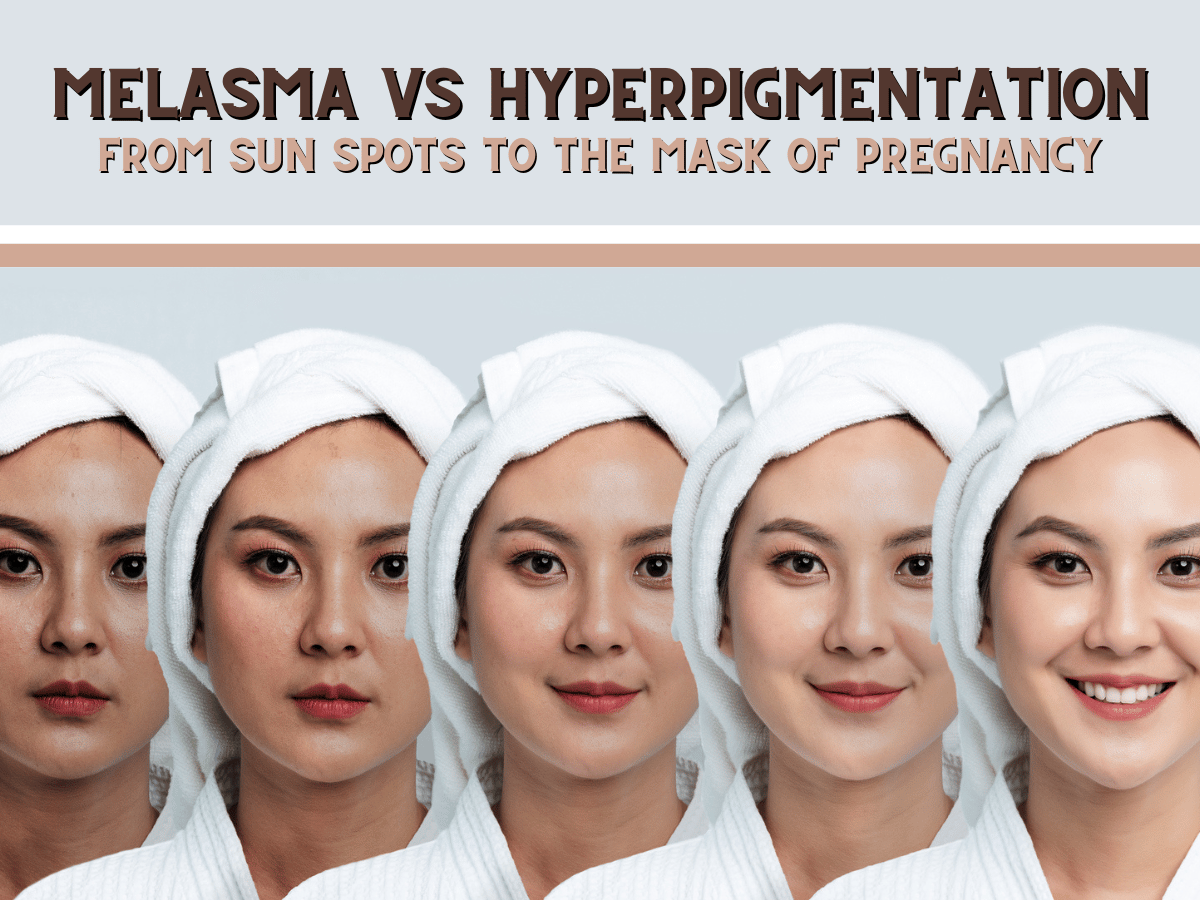Foam Cleanser Breakdown: Lather up! Your Path to Clear Skin Starts Here

In the vast world of facial cleansers, is a product with a rep of being both the holy grail skin saver and the doomsday dehydrator. Because of this rep, those shopping for a new cleanser may find themselves wary of giving it a go even if it is in actuality their one-true path to clear skin. This product can go a long way if you look a little deeper and use it correctly.
So without further adieu, we bring you the foam cleanser. If you have combination, oily and acne-prone skin and are looking for a gentle foaming cleanser that seeps deep into the skin and gets the job done, then this is for you.
Keep reading to learn what exactly the foaming cleanser is and what it can do for you!
What is a Foam Cleanser?
The foam cleanser is a lather-filled face wash that wipes makeup and dirt off the skin surface while also, going down into the pores and pulling out microscopic impurities and excessive sebum for a thoroughly-cleansed, fresh base.
How Does It Work & Who Is It For
Foaming cleansers are water-based products that suds up when pumping out of the bottle or upon contact with water. Most formulas use a combination of astringent ingredients and micro-sized suds when lathered work to break down dirt and oils while sneaking into the pores pulling our grime and providing a gentle exfoliation. Ideal solution for combination, oily and acne-prone skin, including it twice a day into any pre-existing skincare routine, will do the trick.
How Do You Use It
- Splash some water onto your skin, pump out some product, sprinkle some water in, and lather up your skin.
- Gentle massage the cleanser into the skin for 30 to 60 seconds as per your skin's need and preference.
- Follow this up with a thorough rinse!
If you have combination skin 30 seconds might be enough, but if you've got more oil to deal with try 60. Do this twice a day for best results. If you ever feel like your skin is too dry or tight, reduce the frequency of use to once a day. That's it. It's that simple!
Pros and Cons of Using a Foaming Cleanser
How It Affects The Skin
The goals of the foam cleanser are to thoroughly clean the skin, reduce oiliness, clear the skin and leave it looking bright and feeling clean yet hydrated. To do this, there are a few common key ingredients often seen in foam cleansers:
- Salicylic Acid for clearing away acne and reducing oiliness.
- Glycolic Acid for a deep cleanse.
- Vitamin C for brightening the skin.
- Lactic Acid for removing dead skin cells and hydration.
- Ceramides for strengthening and maintaining the skin's health and barrier.
In today's market, there are also options for foaming cleansers that are suitable for sensitive skin. If this is you, look for these additional ingredients for a more hydrated and soothing effect:
- Hyaluronic Acid is essential in keeping the skin hydrated and supple.
- Chamomille is a skin-soother.
- Peptides stimulate the skin to produce more collagen for youthful skin.
- Lipids hydrate and protect the skin from environmental stressors.
- Beta-Glucan soothes the skin's redness and irritation.
Safe Ingredients & Make
Now that you know what ingredients are great to look for, it's just as important to know what ingredients to avoid (especially if you have sensitive skin). The culprits we are referring to are fragrances and sulfates.
Fragrances are one of the most common causes of irritation in the skin. Though it is nice to experience a luxurious scent in products to amp up the skincare vibes, the resulting potential breakout, and angry skin are not worth it. To be safe, go with fragrance-free.
Sulfates are just as bad, especially foaming cleansers. There are already numerous concerns about this type of cleanser drying skin out and with sulfates added to the formula, it magnifies the drying effects and strips your skin of its natural oils. Some foaming cleansers still do include these ingredients so we had to do our due diligence and mention it here! Now on to the next point!
Are foaming cleansers too stripping? How do you know if you're over-cleansing?
While foam cleansers can become your ride or die if you use them without actually needing what it does oh so well, it can be a nightmare.
- The job of a foam cleanser revolves around removing sebum at a deep level, so if you have dry skin or normal skin, naturally, it will be stripping. There are light, more options with hydrating ingredients on the market for these skin types.
- Using it too many times. Cleansers are to be used twice a day, once in the morning and once at night. If you frequently use a cleanser, that too one of high caliber, it can heavily disrupt the skin's moisture barrier.
- Lastly, forgetting to apply moisturizer afterward can be detrimental as well. When a foaming cleanser removes the excess sebum and the skin is left without hydration, is when you will feel an uncomfortable dry, tight feeling. Discomfort aside, the skin can start to overcompensate for this dryness by producing more sebum, leaving your skin and cleanser in a counter-productive battle to reduce oiliness.
If used properly, meaning twice a day, followed up with your skincare routine, and moisturizer, the foam cleanser can work wonders.
Gel vs Foam Cleansers
In the world of oil-ridded skin concerns, both the gel and foam cleanser shine in their own light. They have properties that are quite similar yet they both manage to distinguish themselves. Let's break it down.
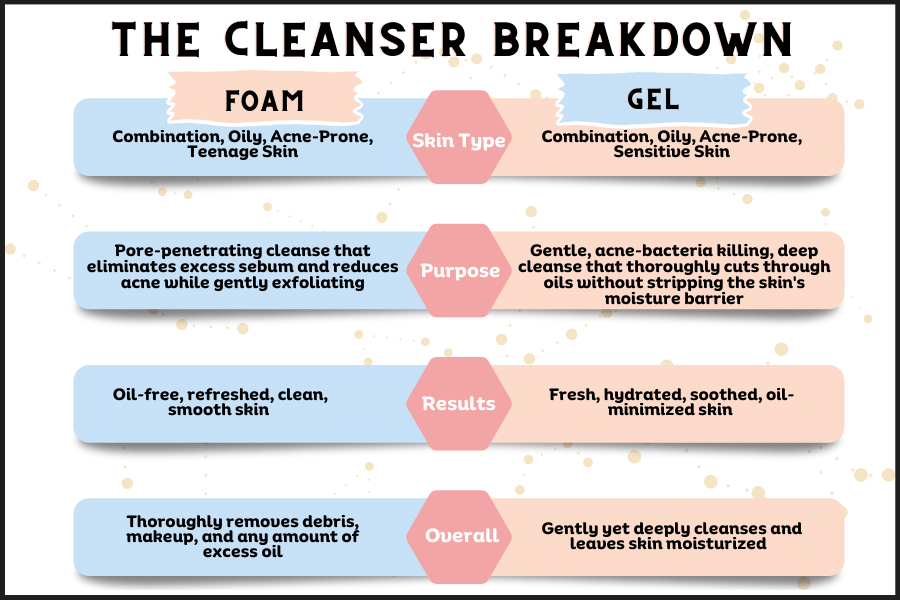
Best Foaming Facial Cleanser Options
You know what it is, what it does, and what it doesn't do but even so, finding out where to start can be challenging. Check out 10 Foam-Tastic Foam Cleanser Finds for Your Bubbly Bliss to find your perfect match. We've got a load of cleansers for vast ranges of skin types and concerns. Here's a sneak pick:
CeraVe Foaming Facial Cleanser
Skin Type: Normal to Oily
Purpose: Thoroughly cleanses and removes excess oil and dirt without disrupting the protective skin barrier, hydrates, leaves skin fresh, but not too tight and dry
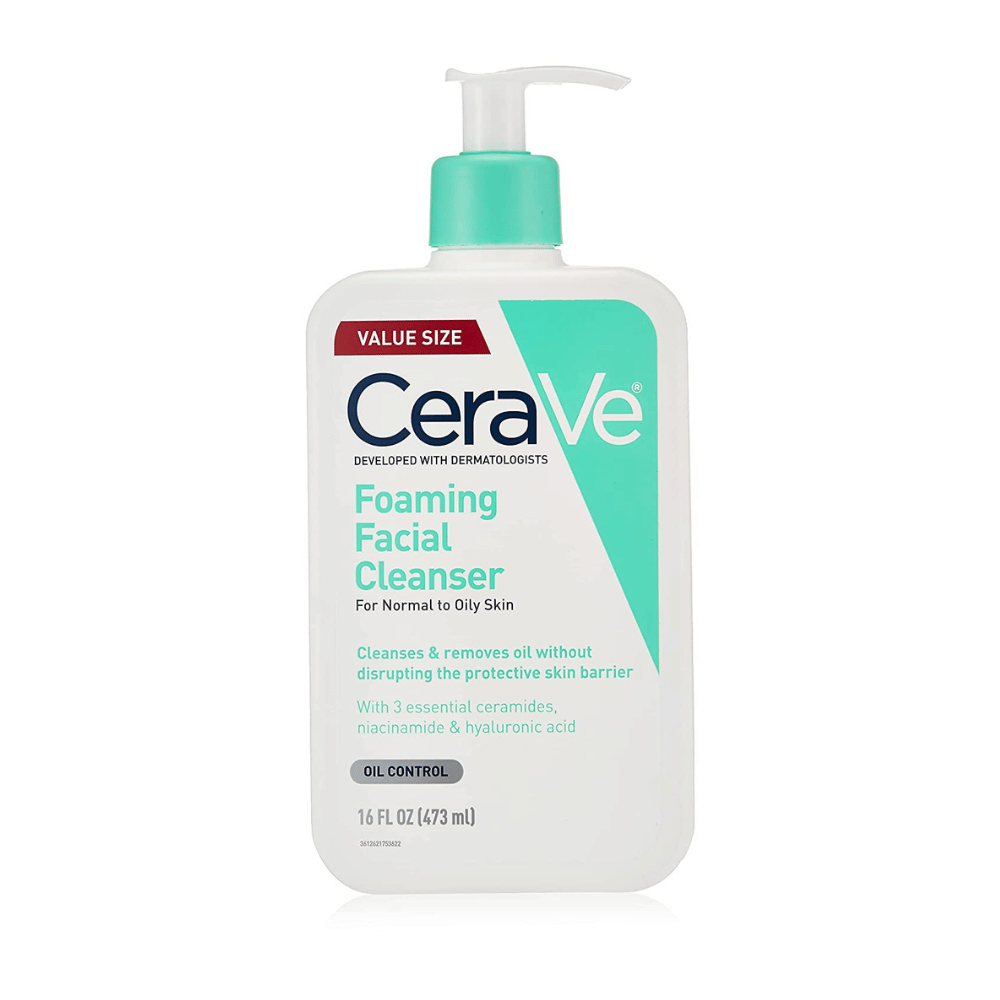
EltaMD Foaming Facial Cleanser
Skin Type: All, Sensitive
Purpose: Gentle, anti-inflammatory, pH-balanced cleanse to clear makeup and impurities
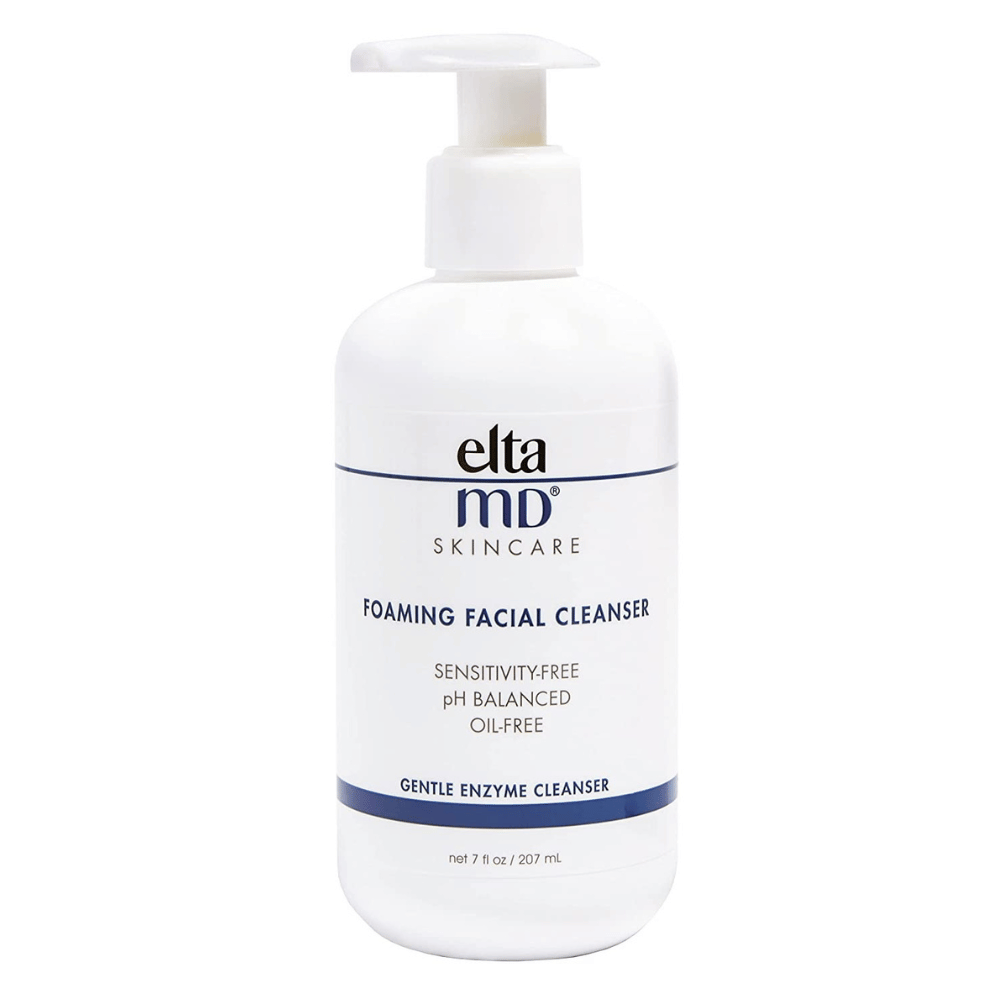
Youth To The People Kale and Green Tea Facial Cleanser
Skin Type: Dry, Normal, Combination, Oily
Purpose: Removes acne-inducing oils, dirt, and debris, deep cleans, and prevents clogged pores.
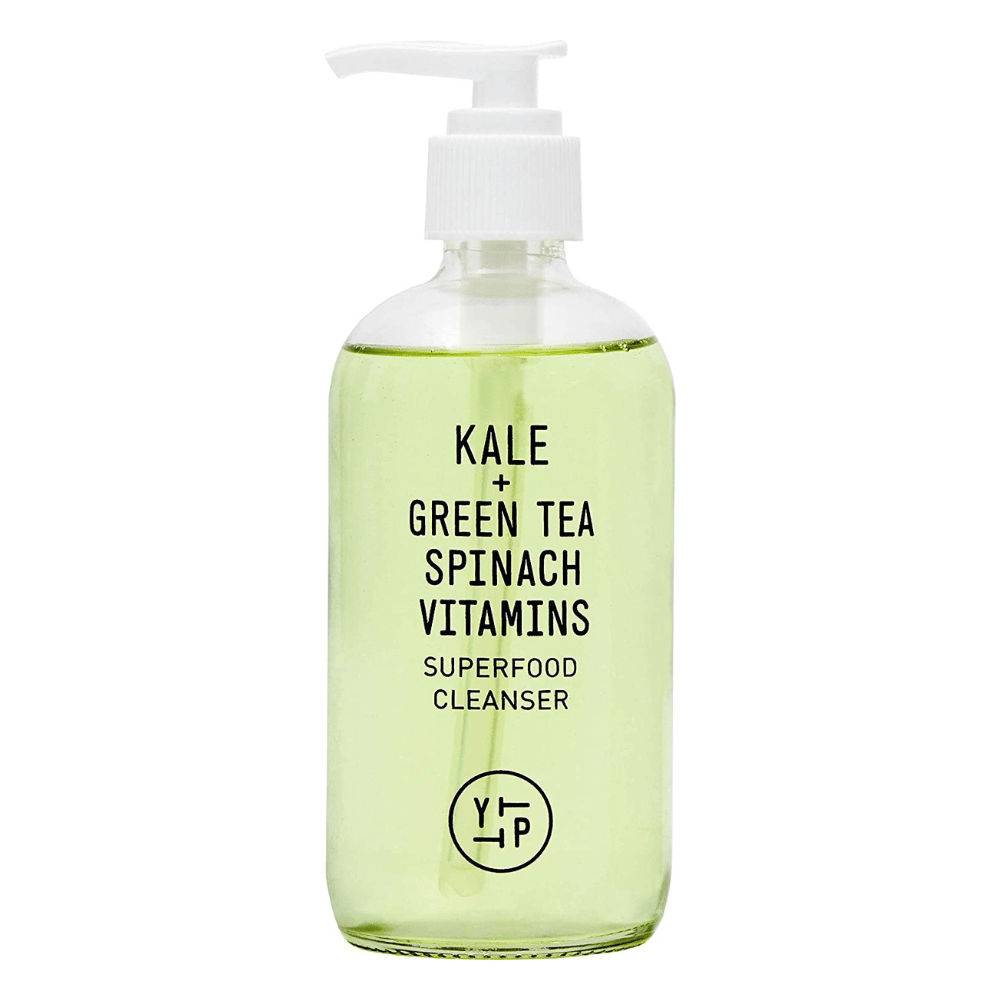
Conclusion
Now that we've covered all the highs and lows of the foam cleanser, cracked open and decoded the myths, and cross-verified against similar cleansers to rid any doubts and confusion, you are ready to pick out your perfect cleanser!
If you have acne-prone, combination, oily, and or teenage skin, and are looking for a way pore-penetrating cleanse that lifts away the day's dirt while gently exfoliating the skin, give the foam cleanser a try.
There's a vast variety to choose from so we've got covered. Check out the picks above and click on over to find our oh-so-loved assortment for all the different skin types and concerns you can find under the sun. Suds up!
How We Curated Our List
There are many options for foam cleansers on the market with unique ingredients like citric acid, leaf extract, and flower extract, so it can be overwhelming trying to figure out what product is best for you.
We've taken the guesswork out of it for you, researched across the internet, assembled answers to your foam cleanser-based questions, and compiled a concise list of high-quality products that will fit both your budget and your needs.
Whether you're looking for a luxury option or something more affordable, we've got you covered.
Thanks for reading!
Next Up: 10 Foam-Tastic Foam Cleanser Finds for Your Bubbly Bliss
Sources:
Derms Always Prescribe This Specific Type of Cleanser for Oily, Acne-Prone Skin
The Best 12 Foam Cleansers of 2023 That Won’t Dry Out Your Skin
18 Best Foaming Facial Cleansers for Oh-So-Smooth Skin
The 19 Best Face Washes & Cleansers of 2023
How Often Should You Use a Cleansing Foam?
HOW TO WASH YOUR FACE: THE CLEANSER VS. FACE WASH GUIDE YOU DIDN’T YOU KNOW NEEDED
The Different Types of Face Cleansers, Decoded
Skin Care 101: When and How Often to Use Your Products
Like these stories? You will (probably) love our monthly newsletter.

